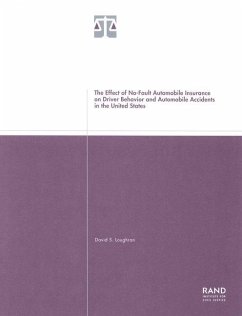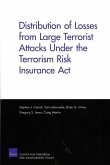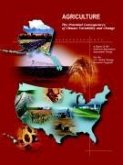No-fault auto insurance opponents frequently argue that no-fault may ultimately lead to higher auto insurance costs by reducing drivers' incentives to drive carefully and thereby increasing the accident rate. The intuition behind this criticism of no-fault is simple: No-fault auto insurance lowers the cost of driving negligently by limiting first-party liability for the injuries suffered by third parties in auto accidents. This report evaluates this criticism of no-fault by examining trends in fatal and non-fatal auto accidents rates and rates of driver negligence in the U.S. between 1967-89. This report finds no evidence that the adoption of no-fault auto insurance between 1971-76 in 16 states increased fatal accident rates in those states and no correlation between the presence of no-fault auto insurance and a state's overall accident rate or rate of driver negligence.
Hinweis: Dieser Artikel kann nur an eine deutsche Lieferadresse ausgeliefert werden.
Hinweis: Dieser Artikel kann nur an eine deutsche Lieferadresse ausgeliefert werden.








